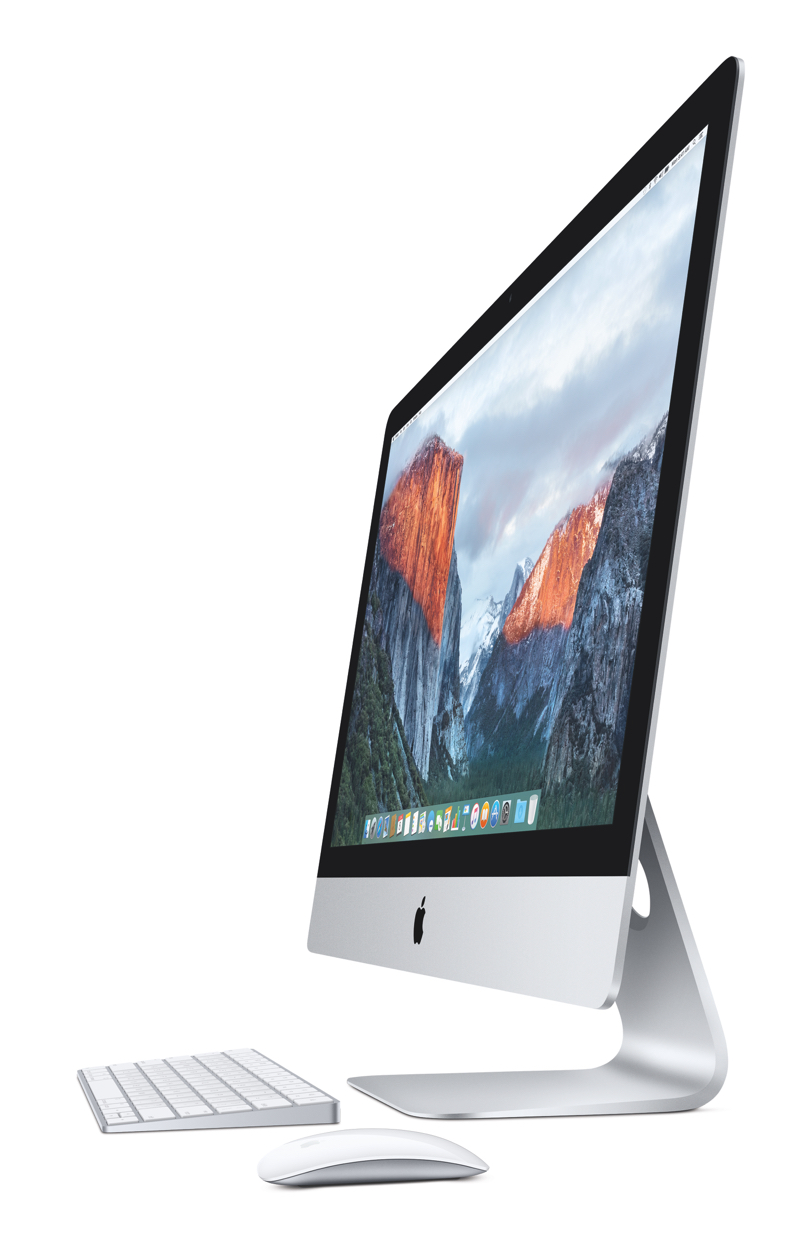David Nield writing for Gizmodo points out the Mac’s lag in gaming support compared to Windows. I’d love to see Apple address this issue — and, naturally, I have some suggestions — but first let’s look at some salient points in David’s argument:
Gaming support isn’t non-existent on the Mac platform, but it’s a long, long way behind what you get on Windows, which has top-tier titles, support for a much bigger range of Steam games, and so forth. Most Macs don’t come with a discrete graphics card (though external GPUs are supported), which means a lot of macOS machines just aren’t ready for serious gaming out of the box.

On Windows, the gaming scene is as busy and vibrant as it’s ever been. Because that’s where the players are, that’s where you’ll find the biggest choice of gaming accessories, utilities, and add-ons as well. And, of course, if you want to build your own gaming rig, you’re going to have to use Windows.
Apple has made moves to improve gaming and VR support for macOS, but it’s looking like a lost cause at the moment, with little interest from third-party developers and manufacturers. Apple will have to content itself with dominating the gaming scene on mobile devices instead.
I think David is right in that the company is more interested in gaming on its iOS devices, but I’d love to see Apple make two moves to improve gaming on the Mac. And, in full disclosure, these are ideas I mentioned a couple of years ago in an AWT article, but feel is worth revisiting.
One idea: offer an Apple joystick/gamepad — or at least the “hooks” so third parties could make ’em. This would require an macOS upgrade. There are third party solutions for doing this, but I’ve never found them especially elegant. How about a plug ’n play joystick/gamepad for the Mac. of software configuration hoops to play Mac games using a joystick/gamepad rather than the keyboard and mouse.
Since Apple is rumored to be planning a subscription service for games, this could allow Mac users to get in on the fun, further boosting the company’s Services income. And the joystick and gamepad would add a bit of income to Apple’s accessories sales.
Second idea: Apple should really push Metal for macOS. Metal is a core graphics technology that gives apps near-direct access to the GPU [graphics processing unit]. This means faster and more efficient rendering performance across the system. Metal bypasses the OpenGL framework — which on the Mac is slooow, dragging high-end Mac apps and games down in comparison to their Windows counterparts.

Third idea: Look into the the GameDock that’s based on a concept first developed by Mac/Life several years ago):
Take this nifty little gaming platform and assign it double duty as both a handheld and a console system. The GameDock [pictured below — in mock-up form] accommodates the iPhone and iPod touch and hooks directly to your TV and the Internet. Whether you download a game wirelessly via the handheld or wiredly via the GameDock, you pay just once for two versions of the same title.
This is where things get interesting. When you download a game straight to your handheld, you can immediately begin playing the touch-controlled version of the game. And it’s glorious! And the next time you seat your handheld in the GameDock, the console immediately sucks down the full, expanded version of the game from the App Store, and stores it in its voluminous hard drive.

So now you can play the console version of the very same game — with more features, more content, expanded controls, and, thanks to the GameDock’s integrated graphics processor, better visuals.
And should you first download a game when your handheld is seated in the GameDock, the ‘mini’ version of the game shoots straight into your iPhone or touch, ready to play the next time you disengage from the console and hit the road.
Of course, the GameDock scheme wouldn’t be quite so interesting if not for its seamless integration of content. For some game titles, the handheld version of the game exists as sort of an autonomous ‘mini game’ — its gameplay model runs independent of the console version’s. But for other titles, the handheld and console versions of the same game work together. Gameplay models obviously differ between the mobile and full versions, but each version hooks into the other in creative, novel, symbiotic ways. And through the power of syncing, your progress in level- and achievement-based games is saved and always propelled forward, regardless of which version you’re playing.”
However, what if Apple used the GameDock as a way to sell more Macs by offering gaming options that tie in with the iPhone, iPad and iPod touch as well as the Apple TV? This could turn the Mac into Wii-like computer gaming system.
Instead of connecting to a TV, the GameDock would connect to a Mac (and perhaps be built into iMacs), allowing Apple computers to run the “bigger” versions of the “mini” games on the iPhone, iPad, and iPod touch that Mac|Life suggested. The GameDock would also allow multi-touch, accelerometer-equipped game controls to be used with the Mac games.
Mac revenue was up in the last quarter, which surprised some pundits. Obviously, the desktop/laptop isn’t going anywhere soon, so why not show the Mac some gaming love, Apple?
